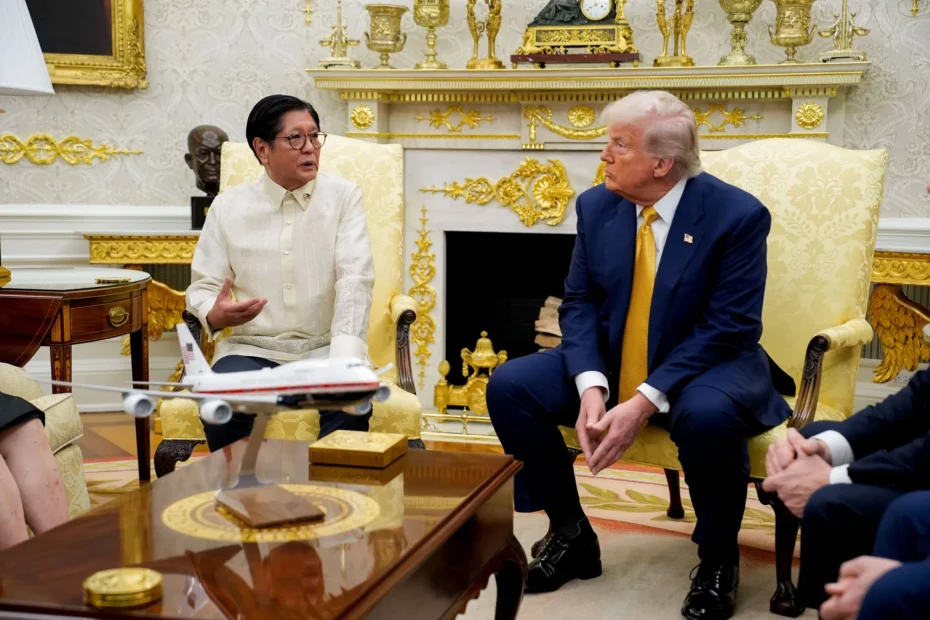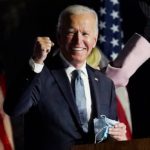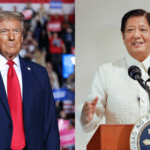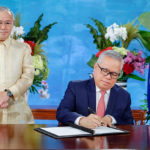WASHINGTON, D.C. — In a move that could reshape U.S.-Philippine trade relations, President Donald Trump has announced a 19% tariff on goods imported from the Philippines. The announcement follows a high-profile visit by Philippine President Ferdinand Marcos Jr. to the White House, signaling a broader economic pivot in the Indo-Pacific region.
Key Takeaways:
- New Tariff Framework: A 19% tariff is set for Philippine goods entering the U.S., just shy of the 20% threatened earlier this month and slightly above the 17% rate introduced in April.
- Zero Tariff for U.S. Goods: Under the deal, U.S. exports to the Philippines will face no tariffs—an unprecedented concession aimed at boosting American competitiveness in Southeast Asia.
- Strategic Trade Realignment: The Philippines now matches Indonesia’s tariff rate and slightly undercuts Vietnam, aligning more closely with U.S. trade strategy in the region.
Geopolitical and Economic Implications
Trump’s public comments describe the deal as a “beautiful visit” and praise Marcos as a “tough negotiator.” However, the implications go far deeper. The move is part of a larger geopolitical shift, with the U.S. reinforcing strategic ties with Southeast Asian nations in light of China’s expanding influence.
While full details of the agreement have yet to be disclosed, the structure appears similar to recent U.S. trade arrangements with Indonesia and Vietnam, which aim to solidify the U.S.’s economic footprint in the region.
How the Trade Deal Impacts U.S. and Philippine Economies
The Philippines, which accounted for nearly $23.5 billion in bilateral goods trade with the U.S. in 2023, will now pay higher duties, potentially impacting industries like semiconductors and electronics. Still, the promise of duty-free access for U.S. goods—including automobiles, soy, wheat, and pharmaceutical products—marks a win for American exporters.
President Marcos emphasized the deal’s importance by stating that even a “1% change” in tariffs can have a “significant” economic impact. He also noted the Philippines’ intent to reduce its trade deficit with the U.S. by boosting imports of American products, particularly in key sectors like agriculture and healthcare.
Competitive Trade Balancing in Southeast Asia
Trade analyst Gregory Poling from CSIS notes that competitiveness is at the heart of the deal. “As long as Philippine goods remain competitive with those from Indonesia and Vietnam, the final number matters less,” he explained.
Given that the Philippines had tilted slightly toward China in recent years, Trump’s comments—“we un-tilted it very, very quickly”—reflect a larger strategy of economic counterbalance.
What’s Next for U.S.-Philippine Relations?
Both nations will mark 80 years of diplomatic relations next year, and military cooperation is expected to be a major component of the evolving partnership. Though no specifics were provided on defense collaboration, the trade pact sets a strong foundation for deeper bilateral engagement.
Meanwhile, outside the celebratory tone at the White House, Filipino Americans and migrant worker advocates protested, urging the Philippine president to address human rights issues and immigration challenges.
This new bilateral trade development between the U.S. and the Philippines is more than just an adjustment of tariff percentages—it’s a strategic alignment with global economic implications for markets, manufacturers, and policymakers on both sides of the Pacific.




